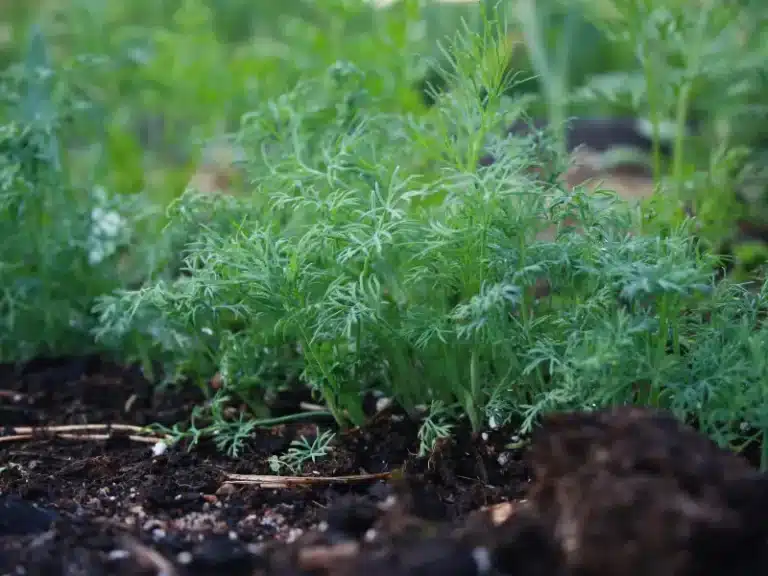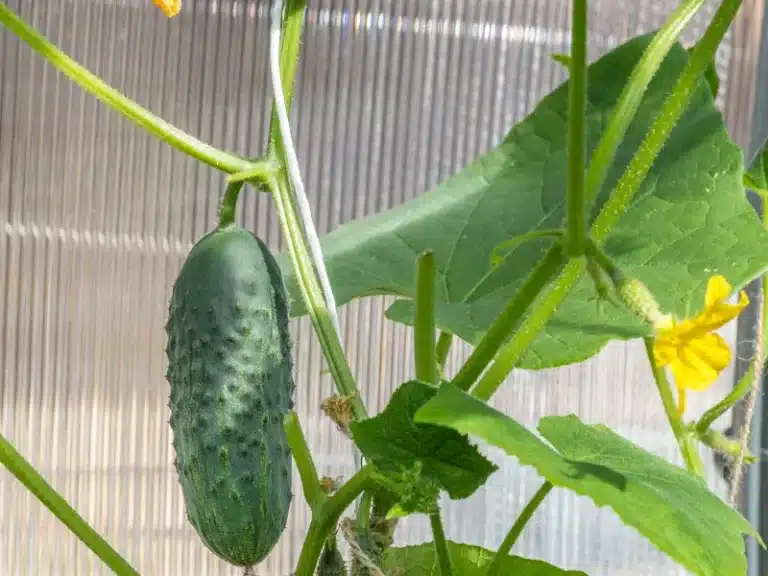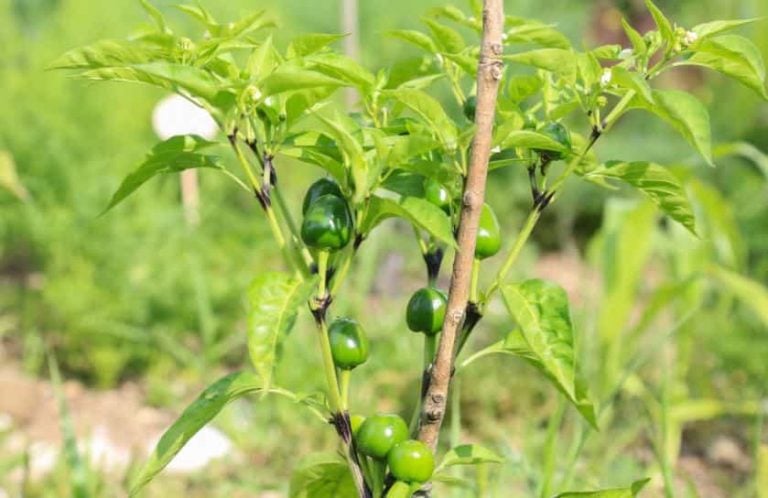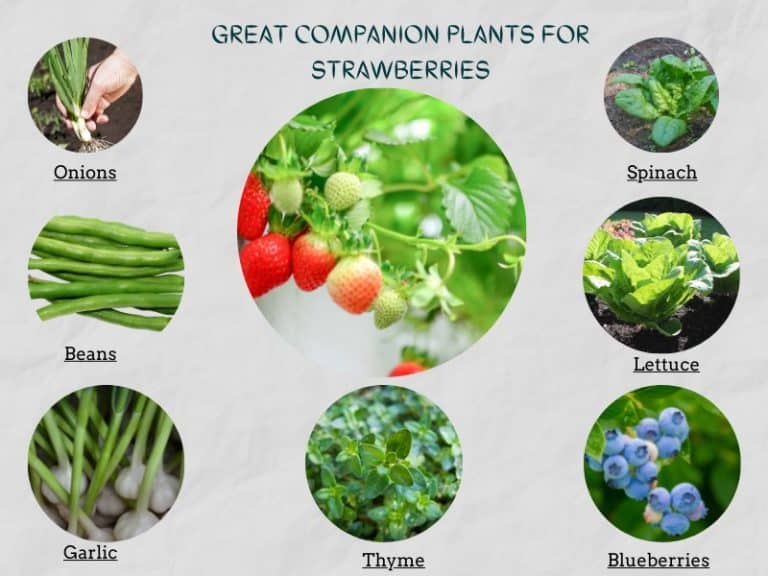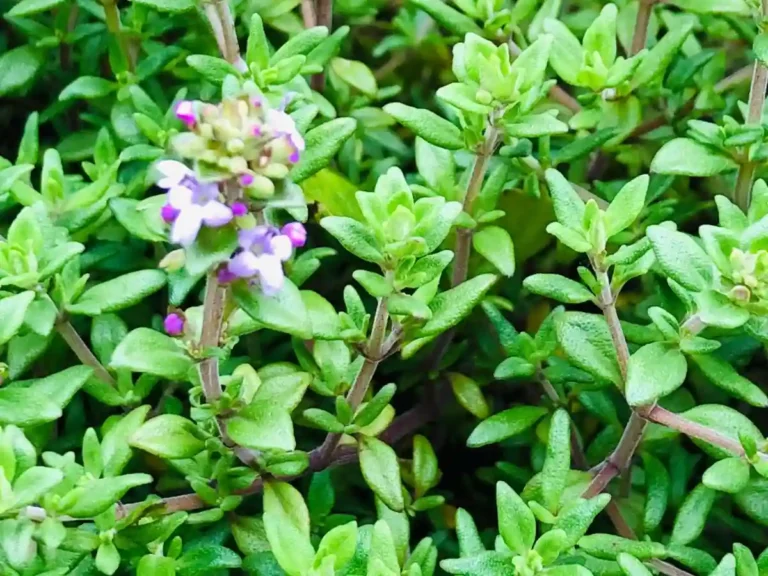10 Best Companion Plants for Basil
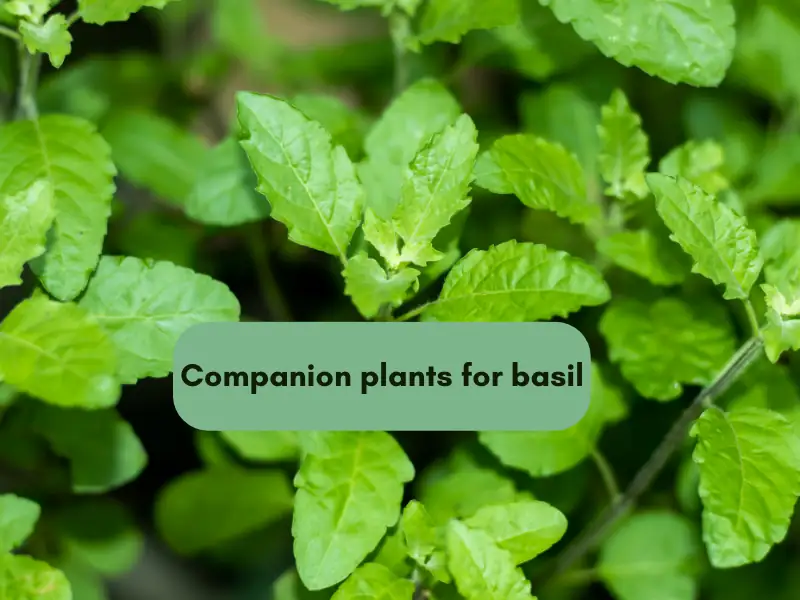
Basil is a herb in the mint family. It grows in the summer and can be paired with other plants. When deciding the companion plants for basil, consider those with similar water, soil, and light requirements.
The best companion plants for basil include tomatoes, pepper, asparagus, marigold, borage, chamomile, marjoram, chives, garlic, parsley, potatoes, eggplant, oregano, and anise.
| Companion | Image | Spacing + Benefit |
|---|---|---|
Tomatoes |
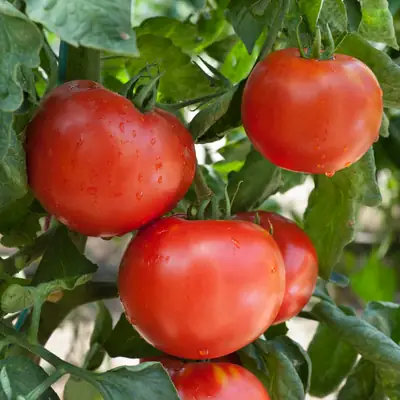 |
|
Asparagus |
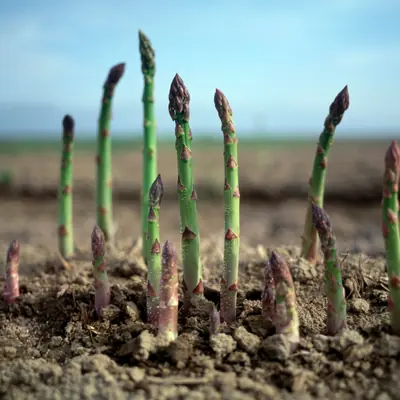 |
|
Pepper |
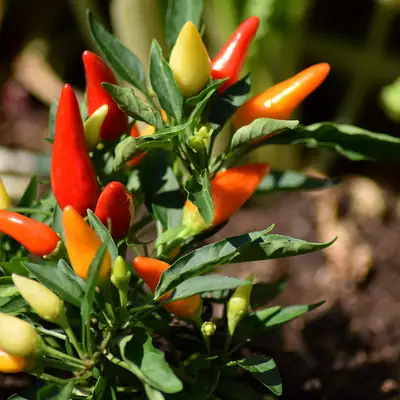 |
|
Garlic |
 |
|
Chives |
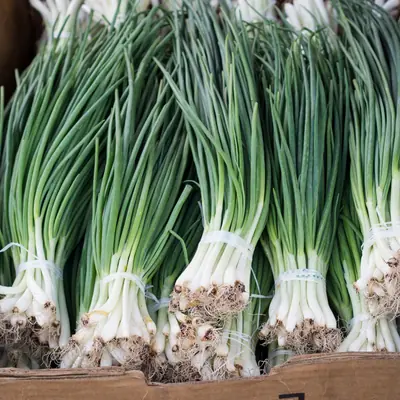 |
|
Marigolds |
 |
|
Chamomile |
 |
|
Borage |
 |
|
Below, I’ve listed the main requirements for choosing the best companion plants for basil:
- Basil needs a lot of sunlight to grow well, so, short companion plants are better.
- Avoid water-loving plants that will compete with basil for moisture.
- Basil prefers slightly acidic to neutral soil pH; hence, partner it with plants that flourish in such soil conditions.
Best Companion Plants for Basil
Companion planting will protect basil from pests, fix nitrogen in the soil, and speed up its growth.
Here are 10 plants you can partner with basil:
1. Tomatoes (Solanum lycopersicum)
Tomatoes have large compound leaves that offer sunshade to the soil and minimize water loss during summer. They will help basil get adequate soil moisture needed for growth.
Tomatoes are a perfect companion since they grow well in similar soil and light conditions as basil. Besides that, basil will help enhance the taste of your tomatoes.
In the garden, sow your seeds ¼ inches deep in well-drained soil, with a spacing of about 12 to 15 inches apart. Water the plants deeply at least once a week.
Apply liquid fertilizer once a month to nourish both basil and tomatoes adequately.
2. Pepper (Capsicum)
Both basil and pepper love sunlight and will improve each other’s flavors when planted together. Pepper grows 12 to 20 inches long and will shade the soil, conserving soil moisture.
Pepper has repellent capsaicin that repels garden pests like aphids and caterpillars that live on basil’s leaves and sucks the plant’s sup.
Plant the seeds 18 to 24 inches apart, then mix organic matter in the soil. Water immediately, then regularly throughout the season.
However, be careful how you water the plants when paired. Too much water will suffocate the pepper’s roots, despite being suitable for basil.
3. Asparagus (officinalis)
Asparagus is a perennial flowering plant whose shoots are used as a vegetable during spring. Basil and asparagus thrive well in similar sun conditions and slightly acidic soil, therefore, suitable as companion plants.
Asparagus attracts beneficial insects like ladybirds and beetles that feed on aphids that occasionally attack basil by sucking out nutrients from the plant.
They can grow up to 3 to 5 feet tall. In the garden, sow your seeds 1 inch deep in the ground, spacing them about 10 to 14 inches apart. Water properly after planting but afterward, once a week will work.
After soil testing, use the fertilizer recommended according to the results.
4. Marigold (Tagetes)
This annual flower gives beauty with its brightly colored flowers. Marigolds attract beneficial insects like ladybirds, hoverflies, and parasitic wasps to your garden. Besides, the French variety of marigolds helps repel whiteflies and kills nematodes.
Marigolds need extended sunlight exposure and well-drained soil moderately fertile to grow well. The plant can grow up to 2 to 3 feet tall. I recommend planting marigolds 1 inch deep and 10 to 12 inches apart.
While planting, add equal amounts of nitrogen and potassium in the planting holes to nourish the plant. Afterward, water the plants once a week.
Pro tip: To prevent overcrowding, thin the marigold before reaching roughly 2 to 3 inches tall.
5. Borage (borago officinalis)
Borage, a ‘starflower,’ is an annual flowering herb that attracts pollinators to your garden and repels earthworms. It’ll also extract essential minerals from the deep soil to the surface for easy accessibility by basil’s roots.
Borages are easy, fast-growing annual flowers that grow well in a sunny spot in the garden. It can grow 2 feet tall and 3 feet wide.
Sow borage seeds ¼ to ½ inches deep in well-drained soil with 18 to 24 inches of spacing.
As a basil companion, it has similar watering requirements. Borage leaves are high in nitrogen, hence the perfect fertilizer for the plant.
You’ll have to plant borage earlier since it grows relatively fast compared to basil’s growth rate.
6. Chamomile (matricaria chamomilla)
Chamomile is a good companion plant to basil since it increases the concentration of essential oils in basil and also has a potent scent that wards off pests.
Chamomile has two varieties: German and Roman chamomile. Roman chamomile is mainly preferred as a companion for basil since it requires little maintenance and care compared to German chamomile.
It grows a foot high, forming the best ground cover that retains soil moisture and smothers weeds in the garden.
Space the plant 8 inches apart in full sun for best flowering. Water chamomile immediately, then reduce the frequency to once a week.
Do not apply too much fertilizer, as it can reduce the aromatic essential oil in its leaves.
7. Marjoram (origanum majorana)
Marjoram can be paired with basil when you want to repel spider mites, white flies, and aphids that are incredibly harmful to basil.
Marjoram is a perennial in USDA Hardiness Zones 9 and 10 that grows to about 12 to 24 inches tall and about 15 inches wide. Like basil, it grows well in areas that receive full sunlight and in well-drained soil.
Sow the seeds ¼ inches deep in the ground, about 12 inches apart. Afterward, water the plants regularly.
8. Chives (allium schoenoprasum)
Chives are good companions for basil because they repel Japanese beetles. Japanese beetles feed on basil’s foliage leaving small holes throughout the leaves. Planting chives next to basil will help deter the pests away.
Like basil, chives thrive well in full sun and well-drained soil rich in organic matter. They can grow up to 1 foot tall.
When pairing chives with basil, space them 6 to 12 inches apart, then lightly apply general-purpose fertilizer. After that, water at least once or twice a week, allowing the soil to dry between waterings.
9. Garlic (allium sativum)
Garlic has an intense scent that repels insects that attack basil. It will deter beetles, slugs, and aphids in the garden.
Garlic grows up to 0.5 to 2 feet tall. Plant the cloves 4 to 8 inches apart and 2 inches deep in their upright position. The rows should be 6 to 12 inches apart to allow room for basil.
Water garlic and basil once every 3 to 5 days and apply a high nitrogen fertilizer during early spring just before the garlic buds begin to swell.
10. Parsley (petroselinum crispum)
This bright green feathered-like leafy plant repels asparagus beetles that feast on leaves, weakening basil’s ability to provide nutrients.
They are great companions for basil because they must be grown in total sunlight exposure in nutrient-rich and well-draining soil. Parsley can grow up to 2 to 3 feet tall and 2 feet wide. Sow the seed ½ inches deep, about 6 inches apart.
Fertilize parsley with a fertilizer of medium levels of nitrogen and potassium.
Pairing basil in containers
Basil can also be grown in containers but needs adequate watering to thrive.
The best basil companion plants in containers include turnips, radishes, nasturtiums, petunias, and rosemary. These companion plants will help deter pests, fix nitrogen in the soil, and encourage faster growth for basil.
The pot must be 10 to 12 inches deep, with a few drainage holes to keep the soil moist while preventing waterlogging. Position the container in a warm sunny place.


